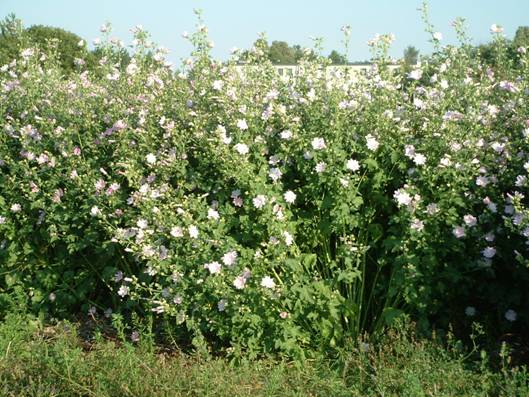
ULEKO cultivar overview of Thurigian Mallow (Lavatera thuringiaca L.) .
The cultivar was selected from a wild population which grow on the natural site on loess soil at village Przybyslawice near Sandomierz.
Botanical description.
ULEKO Thuringian Mallow (Malvaceae family) is a perennial crop to grow up .1600-2600. mm height. Plants have many (6-20) very stiff and strait standing stems. Leaves are large, on the basal part of stem 70 mm or longer, the upper ones shorter. Lower leaves blades consisted of 5 flaps, the upper ones are 3-flap, and usually the middle flap is the longest. Leaves, mostly on its lower side, as well as the middle and upper internodes of stems are covered with thick hairs. At the leave base from nodes of stem grow single 5-patch flowers. But the top of each stem is terminated by a raceme inflorescence. The flower crown consisted of coalescent 5 petals, which are 3-fold shorter than corolla petals. Flower petals are 30-40 mm long, are pink with intensive rose veins. The schizocarp fruits contains about 20 seeds in each. Seeds are of kidney shape, bare, smooth, dark brown or gray, achieving 3,5 g TKW. The genome contains 42 chromosomes.

Fig. 1. Cultivar ULEKO plants in flower.
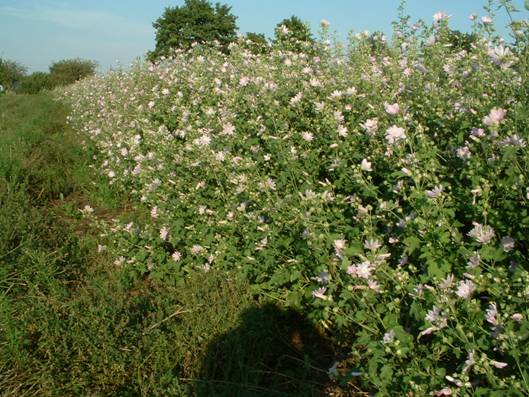
Fig. 2. The density of plantation after spacing plants 1000x1000 mm.
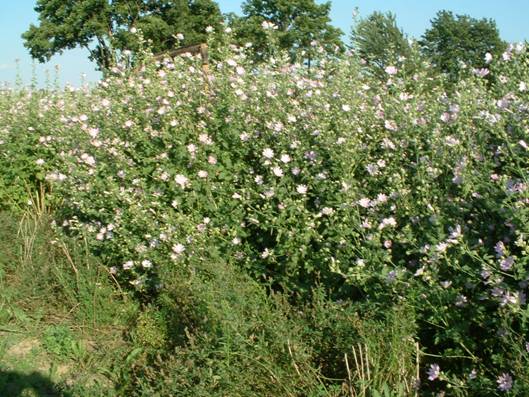
Fig. 3. Plant height usually exceed 1600 mm.
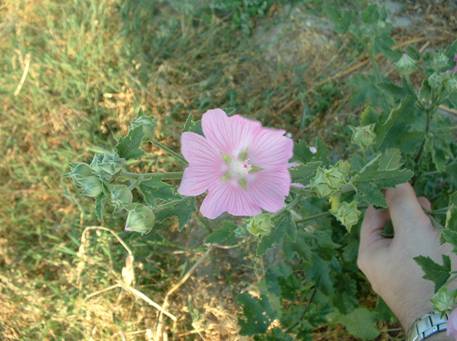
Fig. 4. ULEKO flowers are pink with darker veins.
In the period following spring swing plants grow up by about 50% lower , but usually produce flowers and seeds in the firs year of vegetation. They flower in late summer and set seeds in early fall. In subsequent years of vegetation shoot buds start to grow in early spring, but intensive growth starts in May and lasts until the end of flowering phase. The period of flowering is long: from mid June to September, but the most intensive flowering is in July and August. Attractive nectar of ULEKO lures many honey bees to gather rich nectar and pollinate flowers. Thuringian Mallow is the autogamous species so each flower produces a fruit.
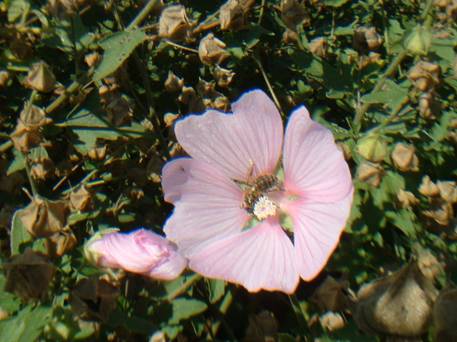
Fig. 5. Numerous pollen-sticks fused in a tube surrounded a pistil.
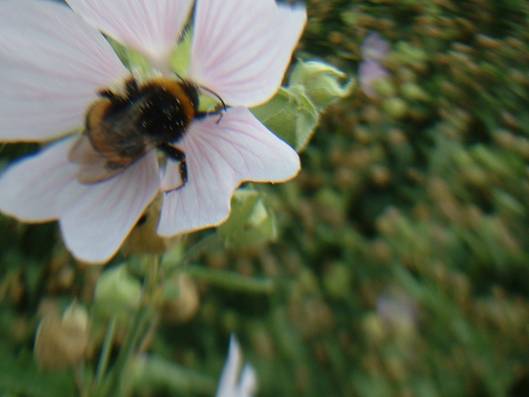
Fig. 6. Bumble bees are number 2 visitors to flowers of ULEKO plants.
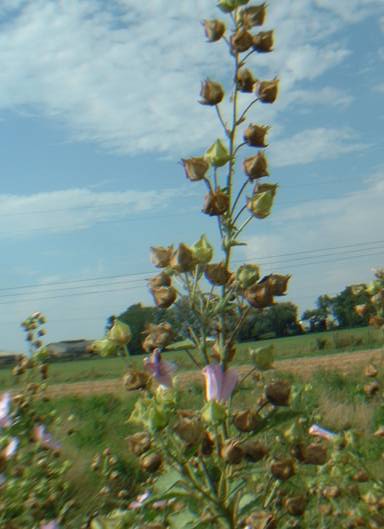
Fig. 7. A raceme is formed on the top of each stem and each flower produces a fruit.
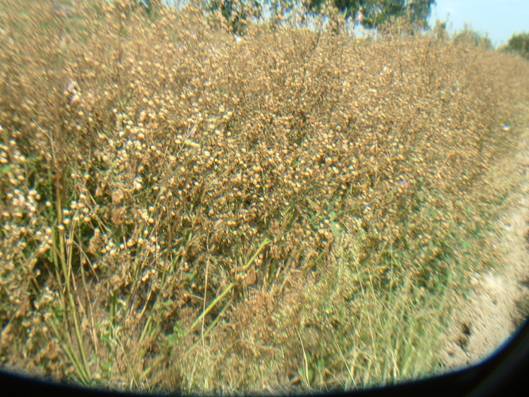
Fig. 8. A single plant produces many hundred fruits which contain a lot of seeds.
ULEKO cultivar is characterized by outstanding durability, frost resistance and competitiveness in relation to other plant species. Its plant re-growing well after cutting 2-4 times a year and produces a lot of dry mass. The cultivar is characterized by good propagation, its multiplication factor reaches a value between 300-500.
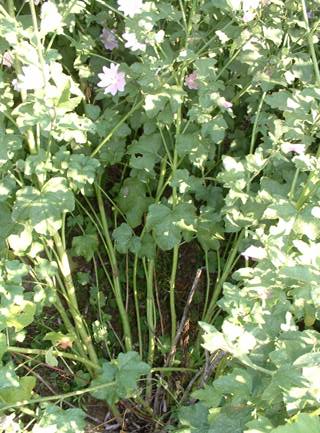
Fig. 9. Crown-roots may produce as much as 15-20 stems.
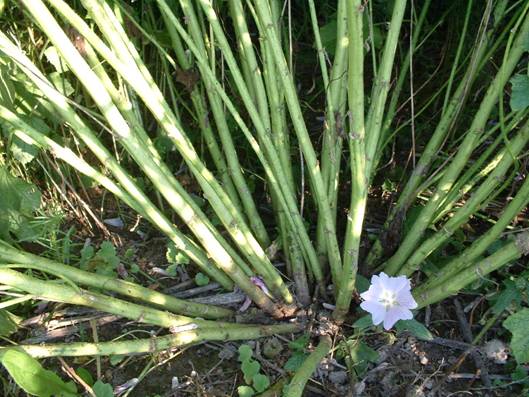

Fig. 11. More then 20 stems grew from a single seed in the second year of vegetation.
Plants in the second and subsequent years of vegetation develop a thick, short root-carp from which leave numerous, thick, white, fleshy roots which are covered with light gray skin. Early spring or after cutting the number of crown-stems grow strongly first-order branching. Roots and aboveground parts of plants contain 6-8% mucilage, similar to related species of Althea.
Schizocarp of Mallow ULEKO mature relatively evenly. Seeds should be collected at the stage of adolescence, when most of the fruits are yellow, the flower crowns are little yellowing and begin to wither, and the seeds take on the brownish color. Not completely dried brownish seeds germinate better than overripe, black and hard seeds. At this stage the seeds are wrapped and kept well in the flower crowns, so that avoid seeds to shed. Overripe fruits containing dry black seeds can brake easily and shed out seeds. In consequence, when seed harvest is delayed the yield is diminished. Anyway it can help on fallow land if plants are not cut there. It is beneficial in the natural fields, because volunteer plants can renew the sward there, which may persist decades.
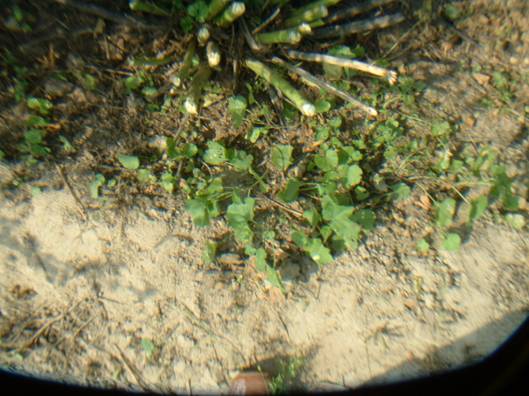
Fig. 12. Shed seeds produce volunteer plants.

Fig. 13. Volunteer plants may assist in the rejuvenation of the plantation.
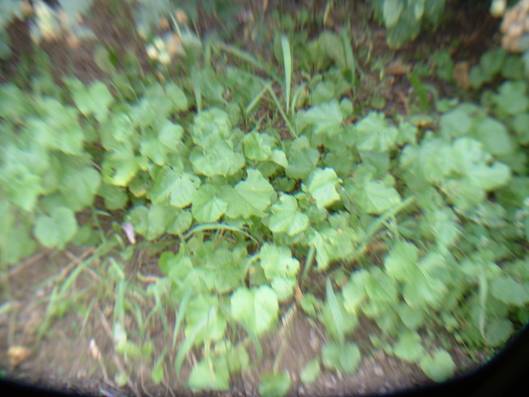
Fig. 14. Plants grew from seeds shed in Summer are already big in Fall.
Ways to use ULEKO cultivar.
Honey bee production.
The cultivar is a perennial persistent crop. Honey bees are supplying with nectar from late June to early August, even in conditions of dry weather since it has nectar cubes sheltered . In terms of honey production is comparable with a buckwheat, giving ca 150-200 kg/ha. Honey of ULEKO Mallow is characterized by exquisite floral fragrance, mild flavor and is very sweet. Fresh honey is nearly colorless with yellow-green tint, and easily crystallizes assuming white. It corresponds to the requirements of Polish national standard for bee-honey : ‘Miód pszczeli PN-88/A-77626’. The period of usefulness for the bees may be extended to September by moving a part of plantation, so that the second growth blossom 5-6 weeks latter than the first one.
Biomass production for ecological energy.
The cultivar is suitable for the establishment of plantations for the production of biomass. Its thick and rigid stems protect canopy against lodging, that provides a stable yield. Depending on soil quality and fertilization, can be obtained dry matter yield 12-25 t/ha. Two cut system enable to harvest a higher yield. An advantage of ULEKO is the low cost of installation because the quantity of seed required for sowing is ca 6 kg/ha, insomuch seed production is very efficient. This is remarkable advantage comparatively to many other energy crops requiring vegetative propagation. The biomass of ULEKO in terms of chemical composition is similar to the wood of trees, and the content of ash (6.5-7%) is similar to cereal straw. 1000 g of ULEKO dry matter usually supply with ca 15000 kJ.
Alternative ecological plant.
ULEKO cv. plants exhibit characteristics predisposing the cultivar to sow fallow lands, wastelands and deactivation of set-aside soils. It tolerate seasons with dry conditions. The cultivar is characterized by a perfect persistence over long years of use, well promoted and quickly grows which creates a compact, high canopy which suffocates the plants of weeds. It has a deep root system strengthening a soil pile. Valuable feature is auto-gamy providing high seed yield 0.5 t/ha or more. It is suitable to cover and protect against erosion road banks, coal mining dumps, and also has ornamental quality.
Mallow ULEKO can serve to the other purposes as following:
- the raw material for cellulose-paper industry, since the wood from Mallow is similar in quality to wide-leaf-trees wood;
- the source of mucus for pharmaceutical purpose, since the contents of arabinose and ramnose is high, comparatively to cultivars belonging to Malvaceae;
- a fodder for ruminants – it contains much digest protein and sugars in green matter.